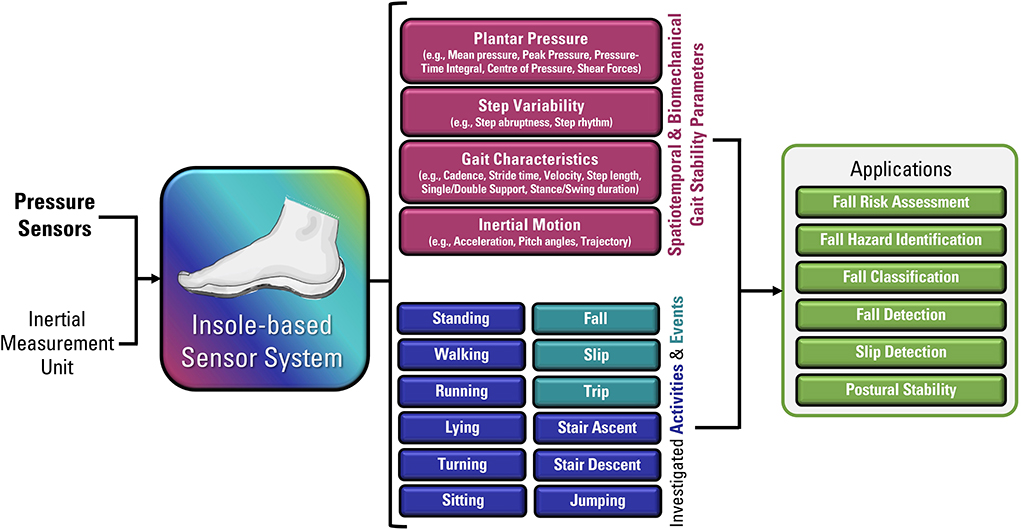Dementia Fall Risk - Questions
Dementia Fall Risk - Questions
Blog Article
Dementia Fall Risk Things To Know Before You Get This
Table of ContentsDementia Fall Risk Things To Know Before You Get ThisDementia Fall Risk Things To Know Before You BuyNot known Details About Dementia Fall Risk Some Known Questions About Dementia Fall Risk.Examine This Report on Dementia Fall Risk
In the neighborhood, inadequate road illumination or unguarded creeks and landfills might also cause accidents. Autumns Risk Assessment Device (FRAT) is a 4-item falls-risk screening tool for sub-acute and household treatment. The FRAT has 3 areas: drop threat standing, danger factor checklist, and activity strategy. A Fall Risk Condition consists of information about background of recent drops, drugs, psychological and cognitive condition of the patient.If the individual scores on a threat element, the equivalent number of factors are counted to the person's autumn risk score in the box to the much. If a patient's autumn threat rating amounts to five or higher, the individual goes to high threat for drops. If the client ratings just 4 points or reduced, they are still at some danger of dropping, and the registered nurse needs to utilize their ideal medical analysis to handle all autumn threat variables as component of an all natural care strategy.
These common strategies, in general, help establish a safe atmosphere that minimizes accidental drops and marks core preventative procedures for all clients. Indicators are vital for people at danger for falls.
Dementia Fall Risk for Dummies
Wristbands should include the individual's last and initial name, day of birth, and NHS number in the UK. Information need to be printed/written in black against a white history. Only red shade ought to be used to signify special patient status. These suggestions follow existing growths in client identification (Sevdalis et al., 2009).
Things that are too much may require the client to connect or ambulate unnecessarily and can possibly be a threat or add to falls. Aids stop the individual from heading out of bed with no aid. Registered nurses react to fallers' phone call lights more quickly than they do to lights launched by non-fallers.
Aesthetic disability can substantially create drops. Maintaining the beds closer to the flooring lowers the danger of falls and serious injury. Putting the mattress on the floor significantly minimizes autumn danger in some healthcare setups.
Dementia Fall Risk - Questions
Individuals who are high and with weak leg muscle mass who attempt to rest on the bed from a standing setting are most likely to drop onto the bed because it's as well low for them to decrease themselves securely. If a high person efforts to get up from a low bed without support, the patient is likely to drop back down onto the bed or miss out on the bed and drop onto the flooring.
They're developed to promote prompt rescue, not to avoid falls from bed. Audible alarm systems can likewise advise the patient not to stand up alone. The use of alarms can likewise be an alternative to physical restraints. Besides bed alarms, increased supervision for high-risk patients also may assist stop falls.

Individuals with an evasion gait boost loss opportunities substantially. To reduce autumn danger, shoes should be with a little to no heel, thin soles with slip-resistant step, and sustain the ankles.
7 Easy Facts About Dementia Fall Risk Explained
In a research, homes with sufficient illumination record fewer falls (Ramulu et al., 2021). Enhancement in lights at home might reduce autumn prices in older adults.

Caretakers are reliable for ensuring a secure, protected, and secure setting. Research studies demonstrated extremely low-certainty evidence that caretakers reduce autumn threat in severe care hospitals and just moderate-certainty that choices like video surveillance can minimize caretaker usage without raising autumn threat, suggesting that sitters are not as useful as initially believed (Greely et al., 2020).
Our Dementia Fall Risk Statements

Increased physical conditioning decreases the danger for falls and restricts injury that is sustained when loss transpires. Land and water-based exercise programs may be likewise beneficial on equilibrium and gait informative post and thereby minimize the threat for drops. Water workout might contribute a favorable benefit on balance and gait for ladies 65 years and older.
Chair Rise Workout is a simple sit-to-stand exercise that assists enhance the muscular tissues in the upper legs and buttocks and boosts mobility and self-reliance. The goal is to do Chair Surge workouts without utilizing hands as the client comes to this hyperlink be more powerful. See resources area for an in-depth direction on exactly how to carry out Chair Rise exercise.
Report this page